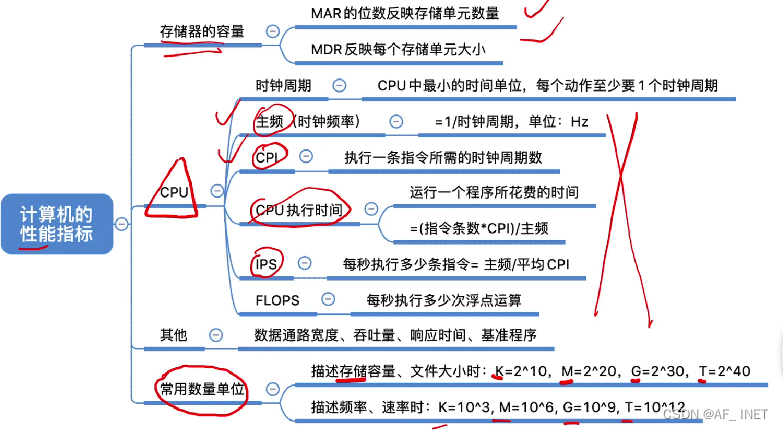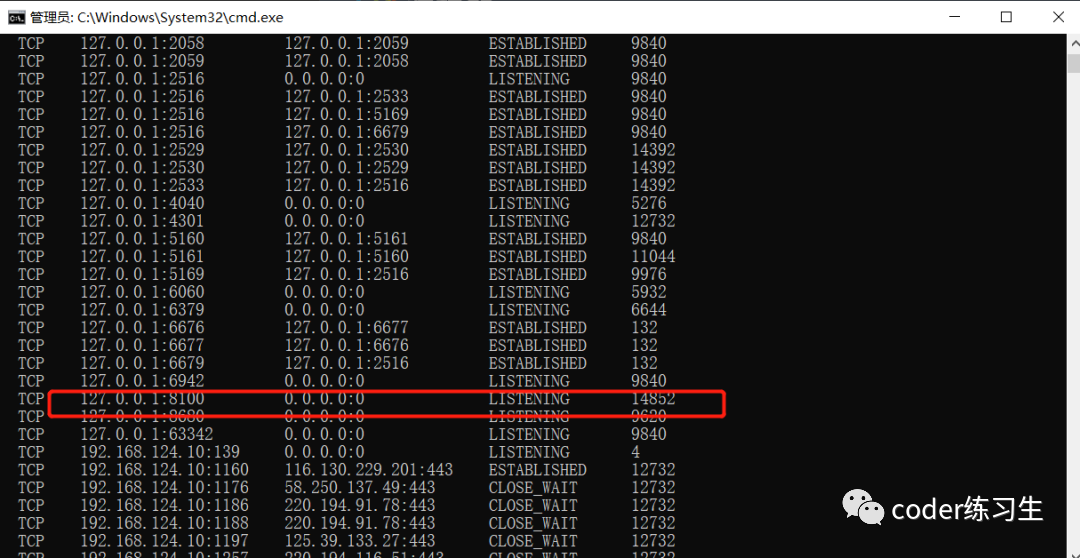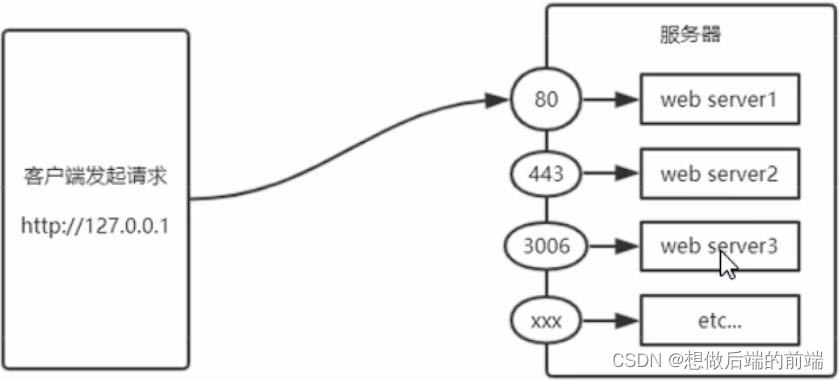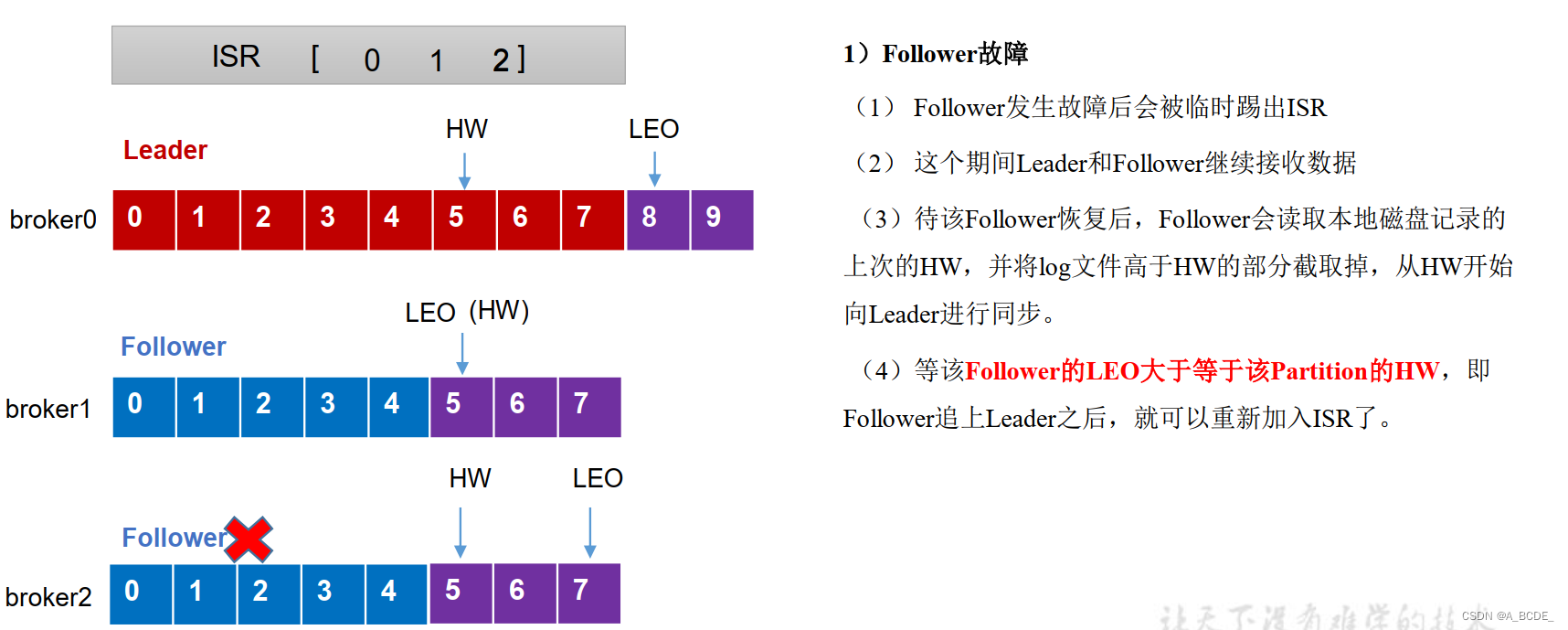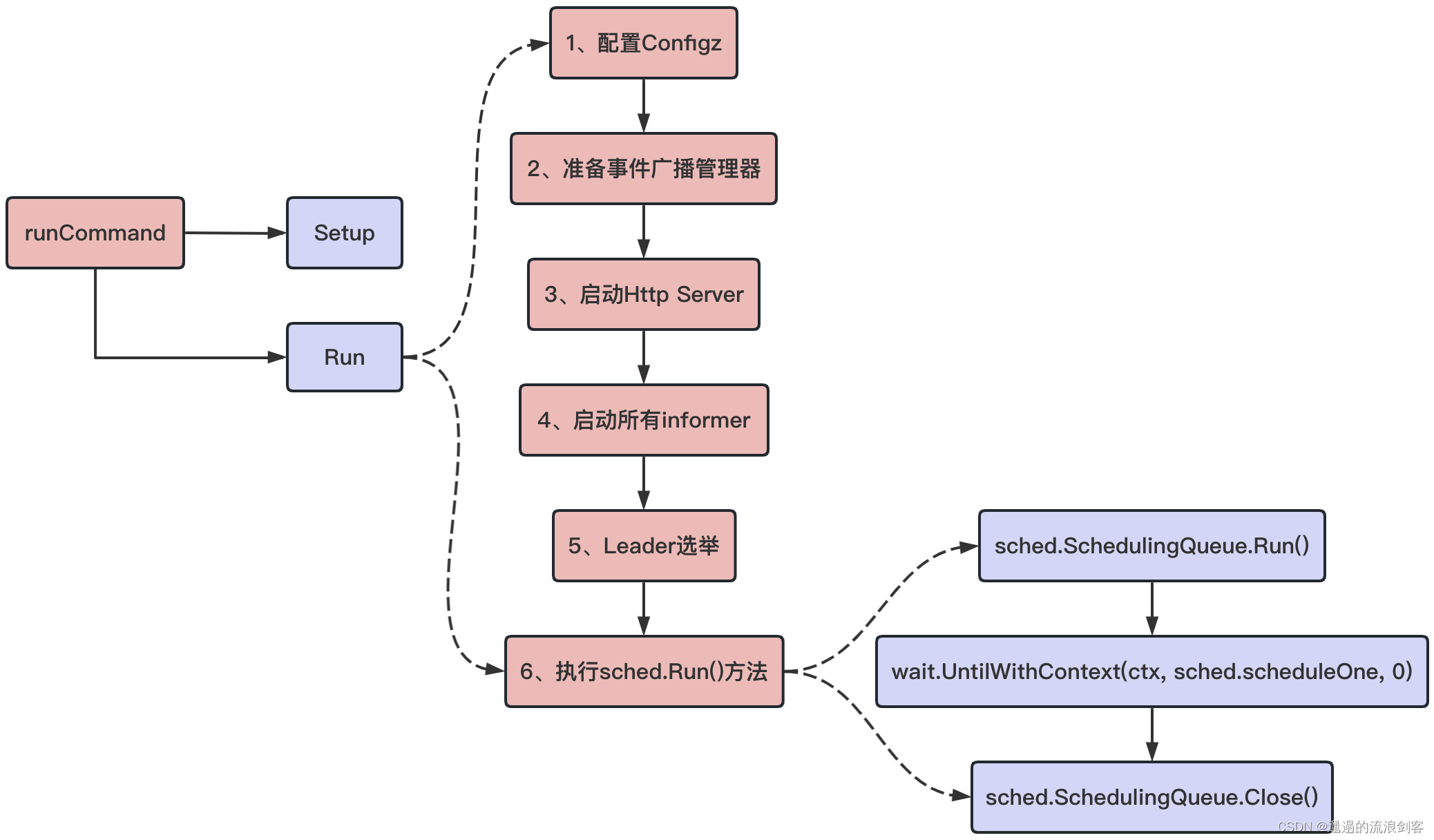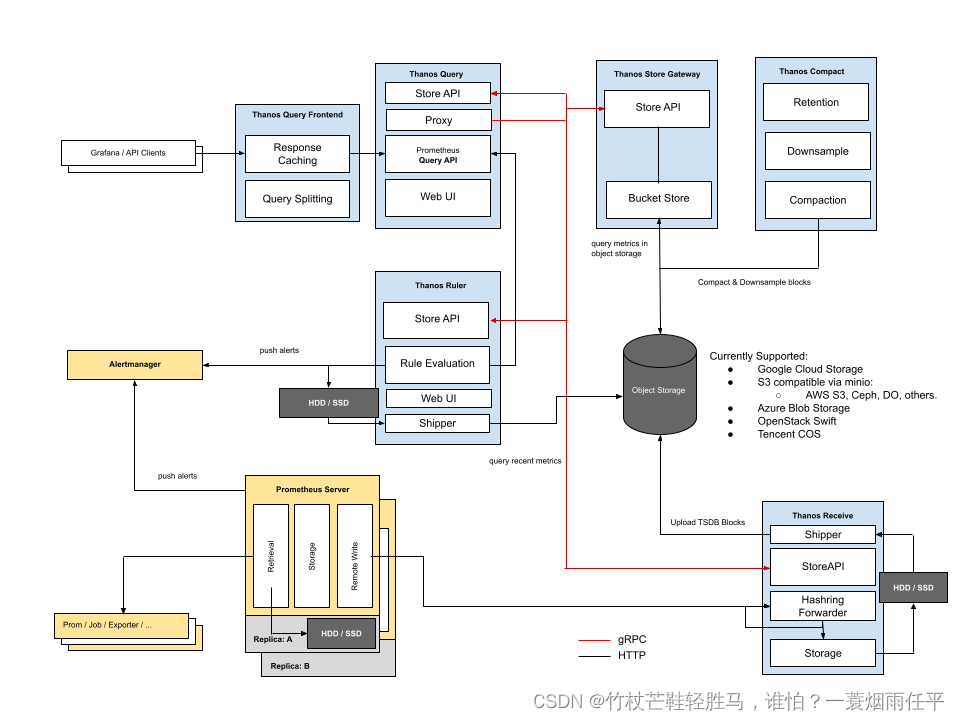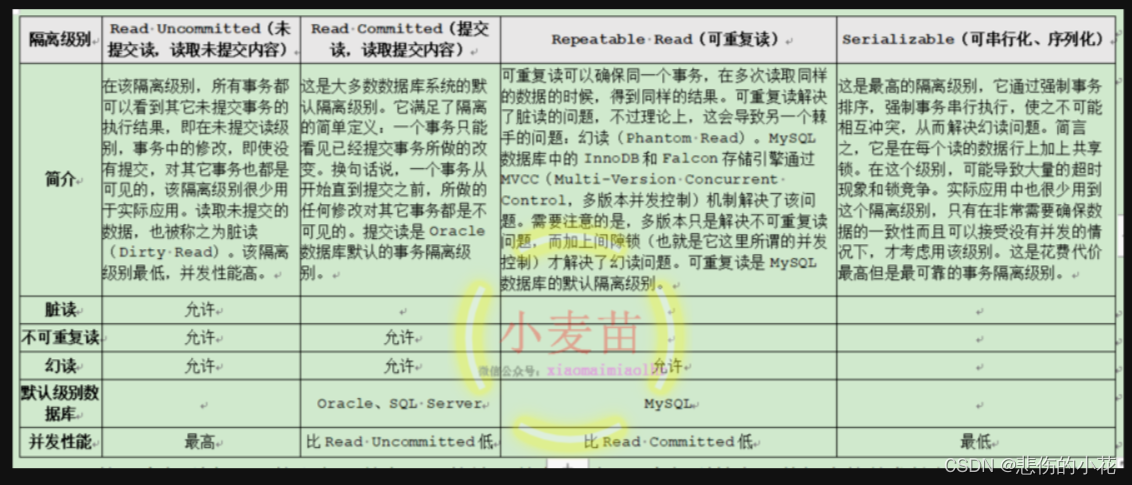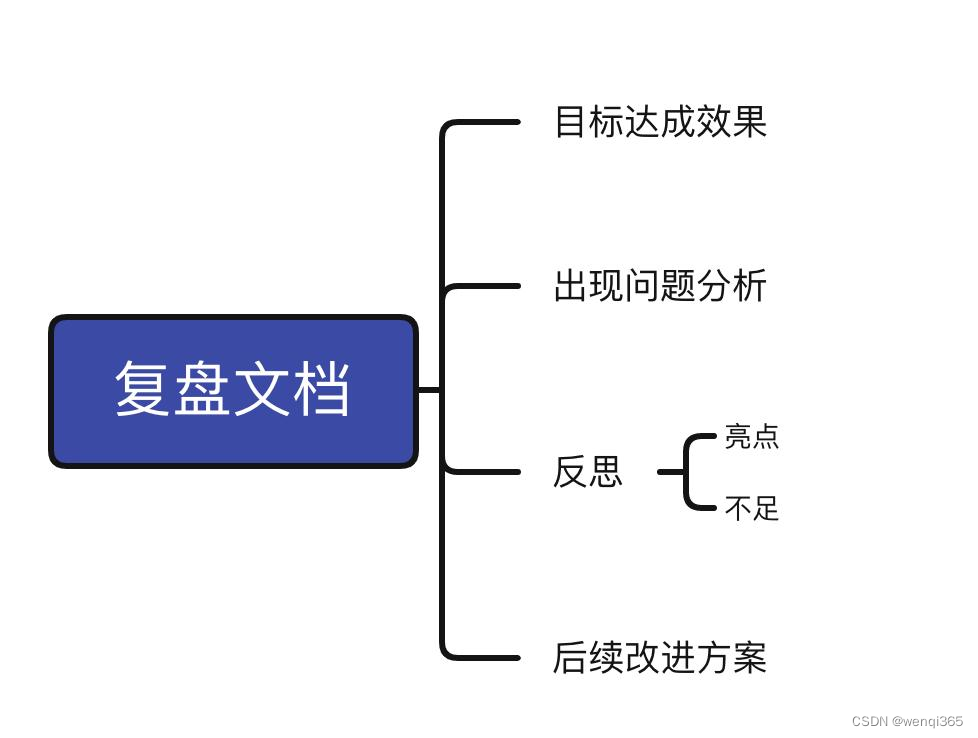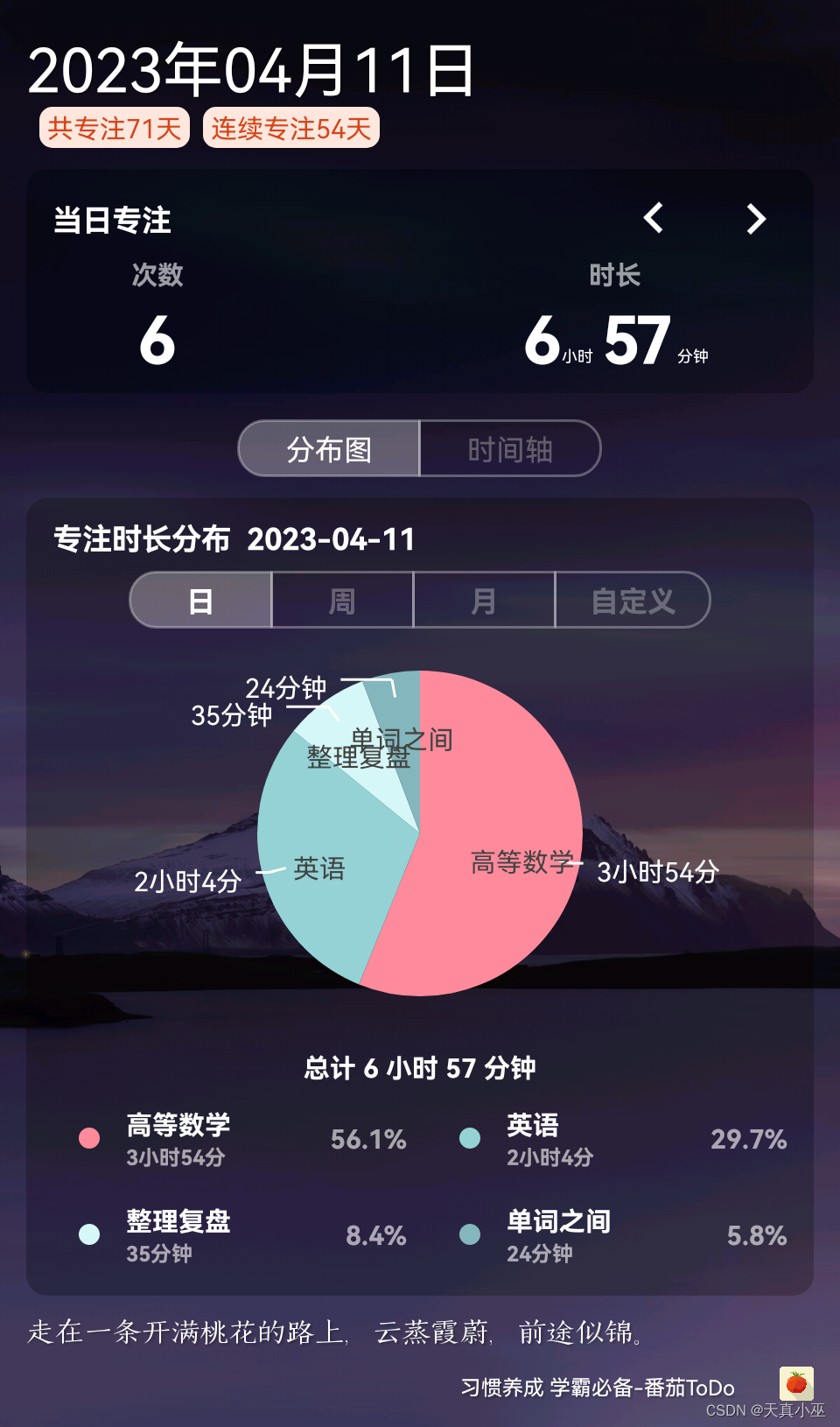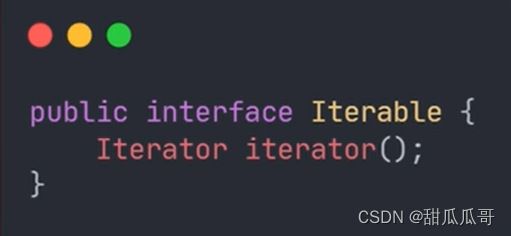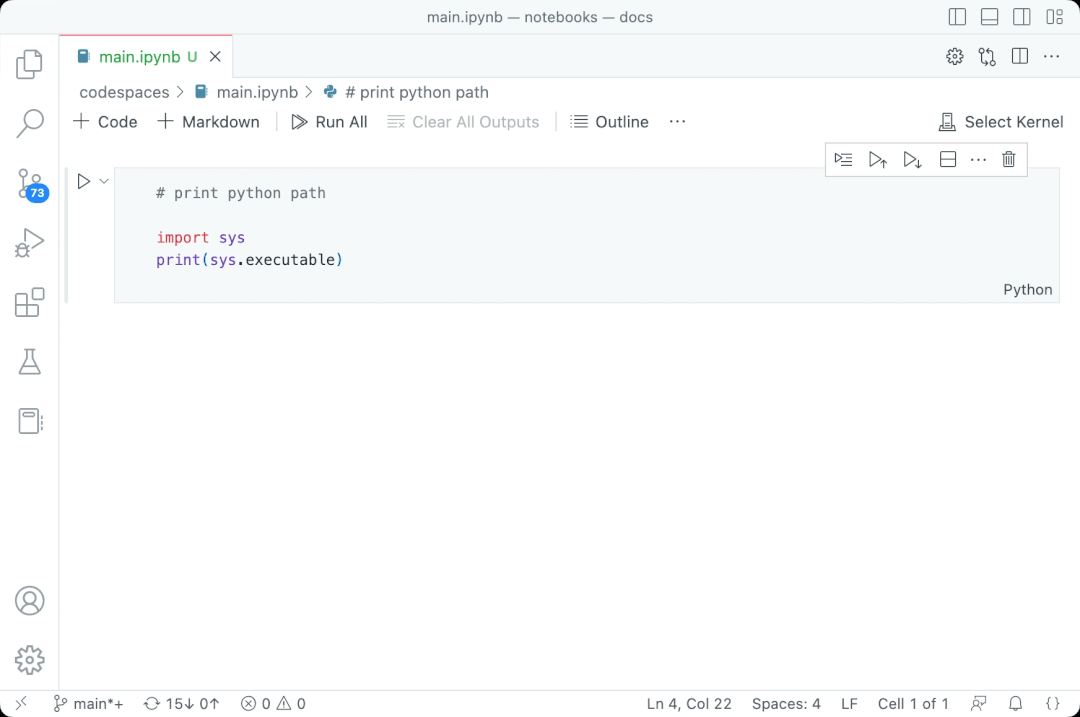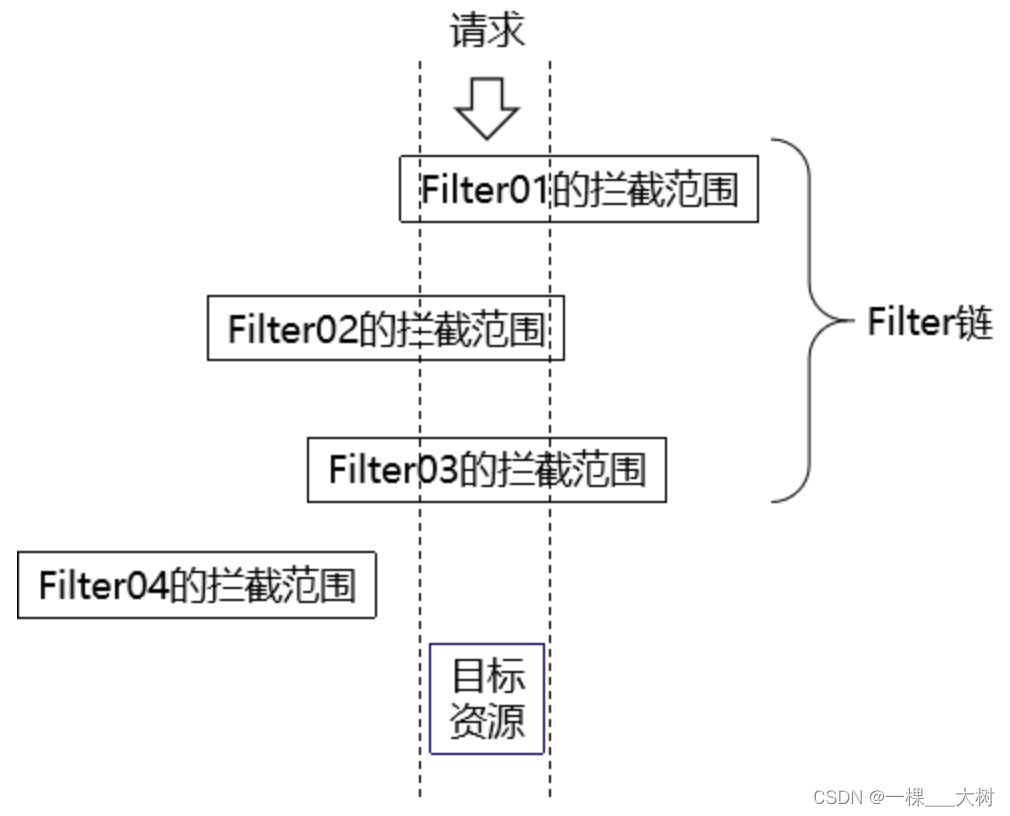两两交换链表中的节点
题目建议:用虚拟头结点,这样会方便很多。
题目链接/文章讲解/视频讲解
/**
* Definition for singly-linked list.
* struct ListNode {
* int val;
* ListNode *next;
* ListNode() : val(0), next(nullptr) {}
* ListNode(int x) : val(x), next(nullptr) {}
* ListNode(int x, ListNode *next) : val(x), next(next) {}
* };
*/
class Solution {
public:
ListNode* swapPairs(ListNode* head) {
if ( head == NULL ) return head;
if ( head->next == NULL ) return head;
ListNode* dummyHead = new ListNode();
dummyHead->next = head;
ListNode* cur = dummyHead;
while (cur->next) {
if (cur->next->next) {
ListNode* temp = cur->next;
cur->next = temp->next;
temp->next = temp->next->next;
cur->next->next = temp;
cur = temp;
}
else {
cur = cur->next;
}
}
head = dummyHead->next;
delete dummyHead;
return head;
}
};
思路
没有太多难度,按自己的习惯可能更喜欢建立四个指针变量保存所有涉及到的结点。
时间复杂度O(n)
空间复杂度O(1)
注意
无
19.删除链表的倒数第N个节点
双指针的操作,要注意,删除第N个节点,那么我们当前遍历的指针一定要指向 第N个节点的前一个节点,建议先看视频。
题目链接/文章讲解/视频讲解
/**
* Definition for singly-linked list.
* struct ListNode {
* int val;
* ListNode *next;
* ListNode() : val(0), next(nullptr) {}
* ListNode(int x) : val(x), next(nullptr) {}
* ListNode(int x, ListNode *next) : val(x), next(next) {}
* };
*/
class Solution {
public:
ListNode* removeNthFromEnd(ListNode* head, int n) {
ListNode* dummyHead = new ListNode(0);
dummyHead->next = head;
ListNode* slow = dummyHead;
ListNode* fast = dummyHead;
for (int i = 0; i < n; i++) {
fast = fast->next;
}
while (fast->next) {
fast = fast->next;
slow = slow->next;
}
ListNode* temp = slow->next;
slow->next = temp->next;
delete temp;
head = dummyHead->next;
delete dummyHead;
return head;
}
};
思路
二刷还是有印象双指针的,还是挺快的。
时间复杂度O(n)
空间复杂度O(1)
注意
由于有dummyHead,slow本身就在dummyHead开始,所以快指针先走n个,不需要多走一个,slow就在需要删除的结点的前一个了。
面试题 02.07. 链表相交
本题没有视频讲解,大家注意 数值相同,不代表指针相同。
题目链接/文章讲解/视频讲解
/**
* Definition for singly-linked list.
* struct ListNode {
* int val;
* ListNode *next;
* ListNode(int x) : val(x), next(NULL) {}
* };
*/
class Solution {
private:
int getListSize(ListNode* head) {
int size = 0;
ListNode* cur = head;
while (cur) {
size++;
cur = cur->next;
}
return size;
}
public:
ListNode *getIntersectionNode(ListNode *headA, ListNode *headB) {
int size_a, size_b;
size_a = getListSize(headA);
size_b = getListSize(headB);
if (size_a < size_b) {
swap(size_a, size_b);
swap(headA, headB);
}
ListNode* cur = headA;
for (int i = 0; i < size_a - size_b; i++) {
cur = cur->next;
}
ListNode* cur_b = headB;
for (int i = 0; i < size_b; i++) {
if (cur == cur_b) return cur;
cur = cur->next;
cur_b = cur_b->next;
}
return NULL;
}
};
思路
相同指针有相同地址,后续的节点都相同,所以可以从后往前想。在相交节点之后他们一定有相同的节点数量。
时间复杂度O(n)
空间复杂度O(1)
注意
注意要对长链表和短链表做适合代码逻辑的交换,以统一代码内容。
交换用swap()
142.环形链表II
算是链表比较有难度的题目,需要多花点时间理解 确定环和找环入口,建议先看视频。
题目链接/文章讲解/视频讲解
/**
* Definition for singly-linked list.
* struct ListNode {
* int val;
* ListNode *next;
* ListNode(int x) : val(x), next(NULL) {}
* };
*/
class Solution {
public:
ListNode *detectCycle(ListNode *head) {
ListNode* slow = head;
ListNode* fast = head;
while (fast != NULL && fast->next != NULL){
slow = slow->next;
fast = fast->next->next;
if (slow == fast) {
// x + y + n (y + z) = 2 (x +y)
// n (y + z) = x +y
// 当 n 取 1:z = x
slow = head;
while (slow != fast) {
slow = slow->next;
fast = fast->next;
}
return slow;
}
}
return NULL;
}
};
思路
这题还是需要最好画个图来做的,一开始总是默认想着在相交点相遇,不太清醒。画个图,在环中间相遇,就很清晰。
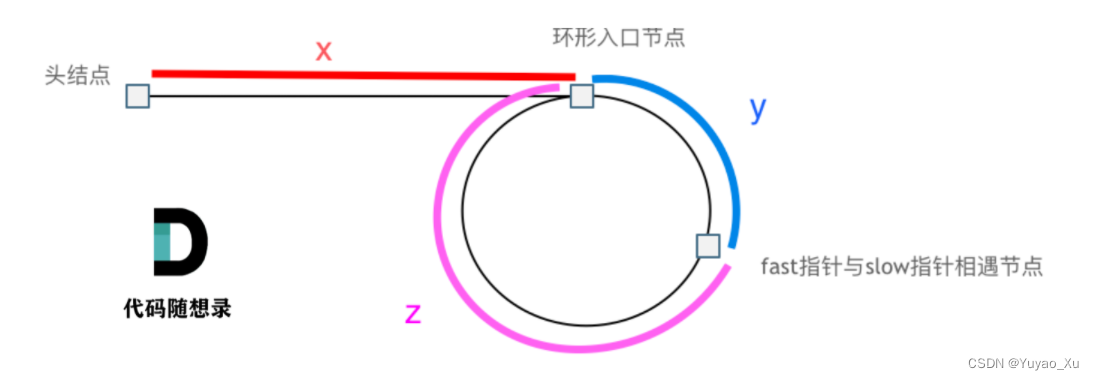
// x + y + n (y + z) = 2 (x +y)
// n (y + z) = x +y
// 当 n 取 1:z = x
时间复杂度O(n)
空间复杂度O(1)
注意
要多画图,多数学公式推导。

